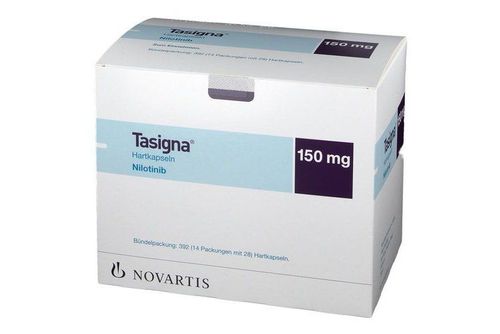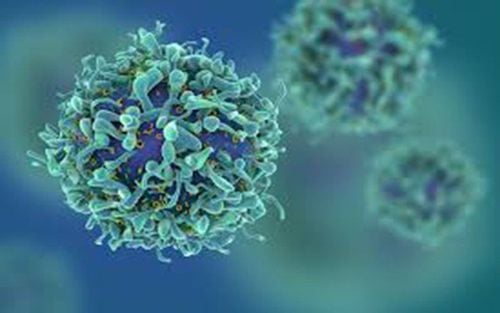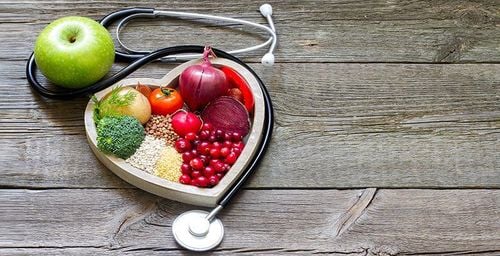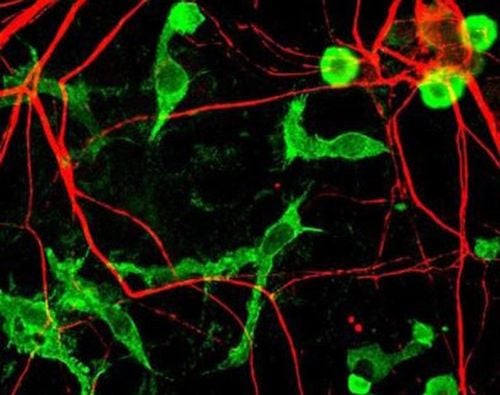This is an automatically translated article.
Blood is an extremely precious liquid in the human body. Each blood cell has many different roles and functions. Blood not only helps provide nutrients and oxygen to living cells, but also participates in fighting infection and healing damage in the body.1. Blood and its components
The average adult has more than 5 liters of blood in the body. Blood carries oxygen and nutrients to living cells and helps to remove waste products from the body. In addition, it also provides immune cells that help fight infections and contains platelets that can form a knot in damaged blood vessels to prevent blood loss.Through the circulatory system, the blood adapts to the needs of the body. When you're exercising or being physically active, your heart pumps harder and faster to deliver more blood to your body, which in turn can carry oxygen to your muscles. When you have an infection, the blood will deliver more immune cells to the damaged site to "dispel" harmful "invaders".
All these functions make blood a precious liquid. Blood is considered so rare that it is called "red gold," because the blood cells and proteins it contains can sell for more than gold of the same weight.
If a test tube containing blood is left alone for half an hour, you will notice that the blood separates into 3 layers, where the denser components tend to sink to the bottom of the tube and the liquid remains at a low level. on top of.
The straw-yellow liquid forms a top layer, called plasma, and makes up about 60% of the blood. The white middle layer is composed of blood cells - white blood cells (WBCs) and platelets. The red bottom layer are red blood cells (RBCs). These two bottom layers of blood cells make up about 40% of the blood in the body.
The composition of plasma is mainly water, but it also contains many other important substances, such as proteins (clotting factors, enzymes, albumin, antibodies and hormones); sugar (glucose) and fat particles.
All cells found in the blood come from the bone marrow. They begin their journey like stem cells and then mature into 3 main cell types, including red blood cells; white blood cells and platelets. In white blood cells there are three different types: Lymphocytes, granulocytes, and monocytes. For granulocytes there are also 3 types, including eosinophils, basophils and neutrophils.
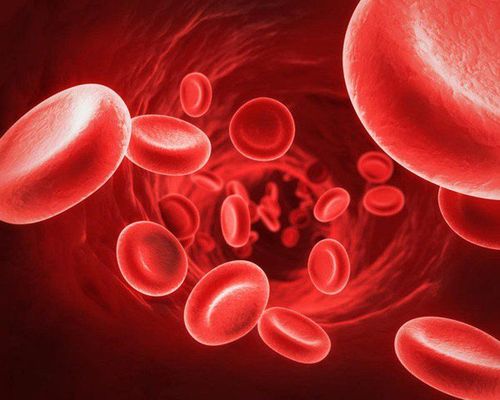
Máu là thành phần vô cùng quý giá trong cơ thể con người
2. The main role and function of red blood cells
Every second, 2 to 3 million red blood cells (RBCs) are produced in the bone marrow and released into the circulation. Red blood cells are the most common type of cell in the blood, with each cubic millimeter of blood containing 4-6 million red blood cells.With a diameter of only 6 μm, red blood cells can easily pass through the smallest blood vessels in the body. They can circulate around your body for up to 120 days. At that point, old or damaged red blood cells are removed from the circulation by macrophages present in the liver and spleen.
In humans, as in most other mammals, mature red blood cells (RBCs) do not have a nucleus. This gives them more room to store oxygen-binding proteins and hemoglobin, which in turn helps red blood cells carry more oxygen. In addition, red blood cells also have a concave shape on both sides, which increases the surface area for oxygen diffusion. In vertebrates, such as fish and birds, mature red blood cells have nuclei.
If a person has a low hemoglobin level, this indicates that they are suffering from anemia. Because hemoglobin is the element that helps make red blood cells in the blood, a person's lack of them can make a person look pale. In addition, they may also have symptoms such as fatigue and feeling short of breath, because hemoglobin plays an essential role in transporting oxygen from the lungs to all parts of the body.
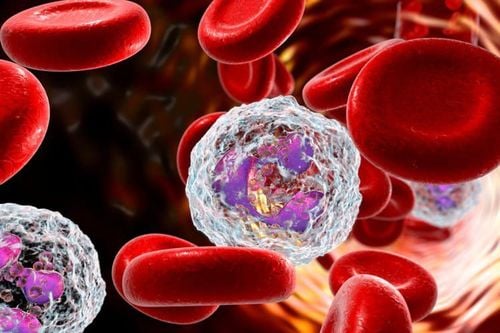
Mỗi một tế bào máu giữ nhiều vai trò khac nhau
3. The main role and function of white blood cells
White blood cells (WBCs) come in many different shapes and sizes. Some WBCs contain a nucleus and many lobes, while others contain a large, round nucleus. Some other white blood cells contain granule packets in their cytoplasm, hence the name granulocytes.Despite the difference in appearance, all types of white blood cells in the blood play certain roles in the body's immune response. They circulate in the blood until they receive a signal that a part of the body is damaged. These signals include interleukin 1 (IL-1), a molecule secreted by macrophages that contributes to septic fever, and histamine release by basophils and mast cells, which contributes to the allergic reaction . In response to these signals, white blood cells leave the blood by tunneling through holes in the blood vessel walls. They move to the source of the signal and begin the healing process.
People with low white blood cell counts are at higher risk of severe infections. A patient's risk of infection will depend on the type of white blood cell deficiency. For example, macrophages in the body play the role of "swallowing" harmful bacteria, so a lack of them will lead to recurrent bacterial infections. In contrast, T cells have a special ability to fight viral infections, so losing their function increases the body's susceptibility to viruses.
Neutrophils: Also called neutrophils, because they contain an irregularly shaped nucleus and contain many lobes. Neutrophils also belong to a group of WBCs, called granulocytes, because their cytoplasm is littered with granules containing enzymes that help digest pathogens. Monocytes: Young white blood cells that circulate in the blood. After leaving the blood, they develop into macrophages and migrate into tissues. Here, they provide an immediate defense, being able to engulf and digest pathogens before other types of white blood cells arrive. In the liver, tissue macrophages, called Kupffer cells, specialize in removing harmful agents from the blood that has left the intestines. Alveolar macrophages in the lungs help remove harmful agents that the body has inhaled. Meanwhile, macrophages in the spleen remove old or damaged red blood cells and platelets from the circulatory system. In addition, macrophages are also an antigen presenting cell (APC), which helps to expose foreign proteins (antigens) to other immune cells and trigger an immune response.
4. The main role and function of platelets
Another important blood cell is platelets. These are irregularly shaped pieces of cells that circulate in the blood until they are activated to form blood clots or are removed by the spleen.Thrombocytopenia is a condition in which there are low levels of platelets in the blood, which increases the risk of bleeding. Conversely, when the platelet count is high, it can lead to the formation of adverse blood clots in the body. These problems can cut off blood supply to vital organs like the brain and heart, causing dangerous strokes or heart attacks.
Like all other blood cells, platelets originate from stem cells found in the bone marrow. The stem cells will develop into precursors of platelets to carry it into the blood. Here, platelets circulate in the body for about 9 days. If blood vessel walls are damaged during this time, platelets stick to the damaged area and are activated to form blood clots. After a period of 9 days, the platelets are removed from the circulatory system by the spleen. Certain diseases are associated with an overactive spleen, such as leukemia or rheumatoid arthritis, when the spleen removes too many platelets which can lead to an increased risk of bleeding.
Please dial HOTLINE for more information or register for an appointment HERE. Download MyVinmec app to make appointments faster and to manage your bookings easily.
Reference source: ncbi.nlm.nih.gov




